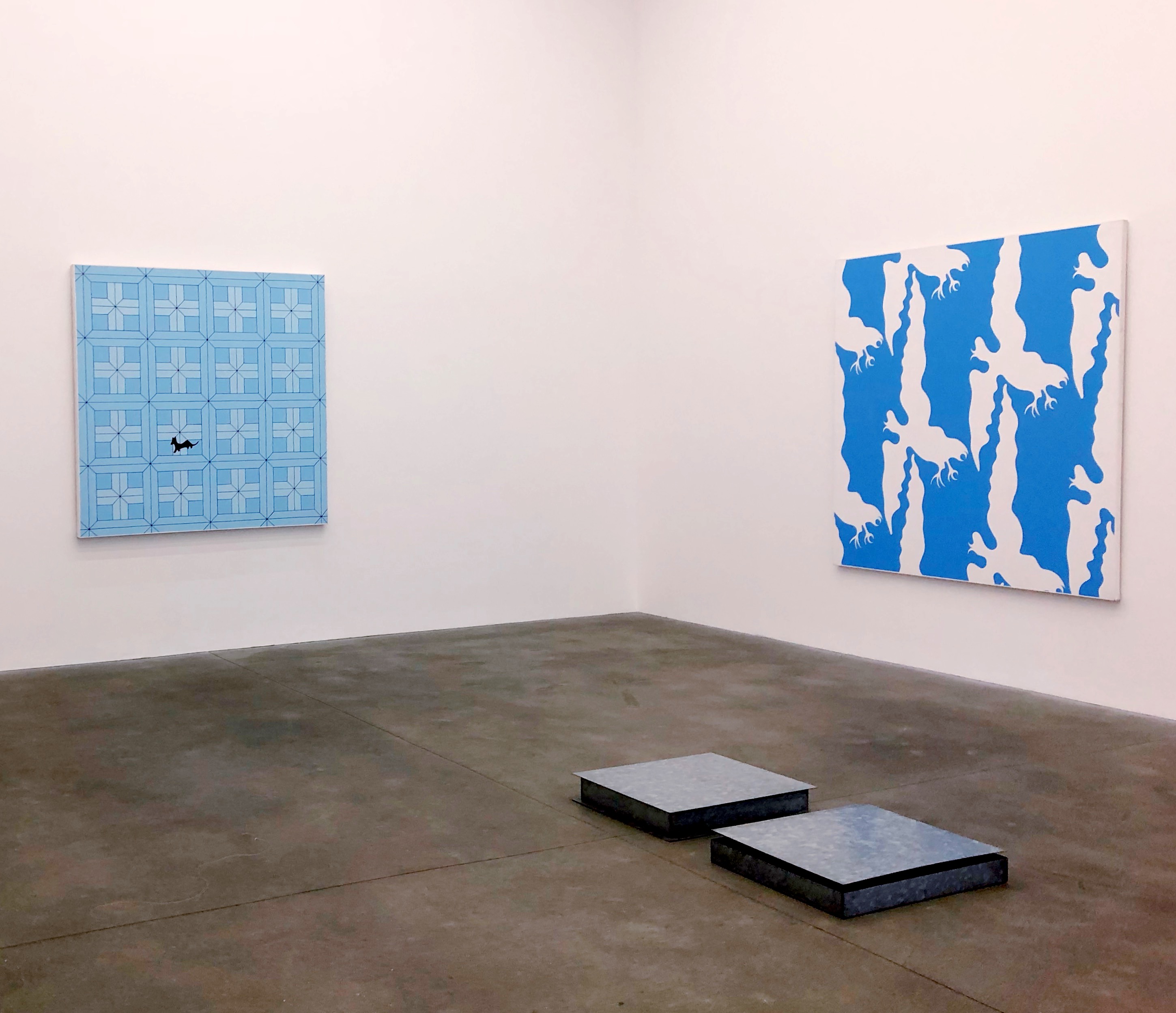Mary Ellen Bartley is an American photographer famous for her creativity and ingenuity when it comes to her ability to photograph ordinary objects. Her project ‘7 Things Again and Again‘ is a prime example of this.
This project arose from Bartley’s desire to not allow her photography to stagnate as a result of the limitations that the Covid-19 lockdown placed her under. She chose 7 random objects from her household which in themselves, would have made for quite boring compositions, but because of Bartley’s intention to photograph them over and over, she was required to change the arrangement of the objects every time – and the results demonstrate clearly her ability to orchestrate her vision.

Later on in the project, she moved to more tactile elements, involving her printing her previous photos before retaking, using lighting to create various interesting effects.

Here are some of the methods used and examples of them –






My Response
These images are the sum of 2 photoshoots – as the first ones I thought were not good enough so I reattempted.

I think some of these are quite good, but the first set were definitely rushed with not much forethought and this is evident. The second set are really the only ones that respond clearly to the artist’s work.
Here are my edits –


Below are some manual edits I created using some of the above techniques –














































































